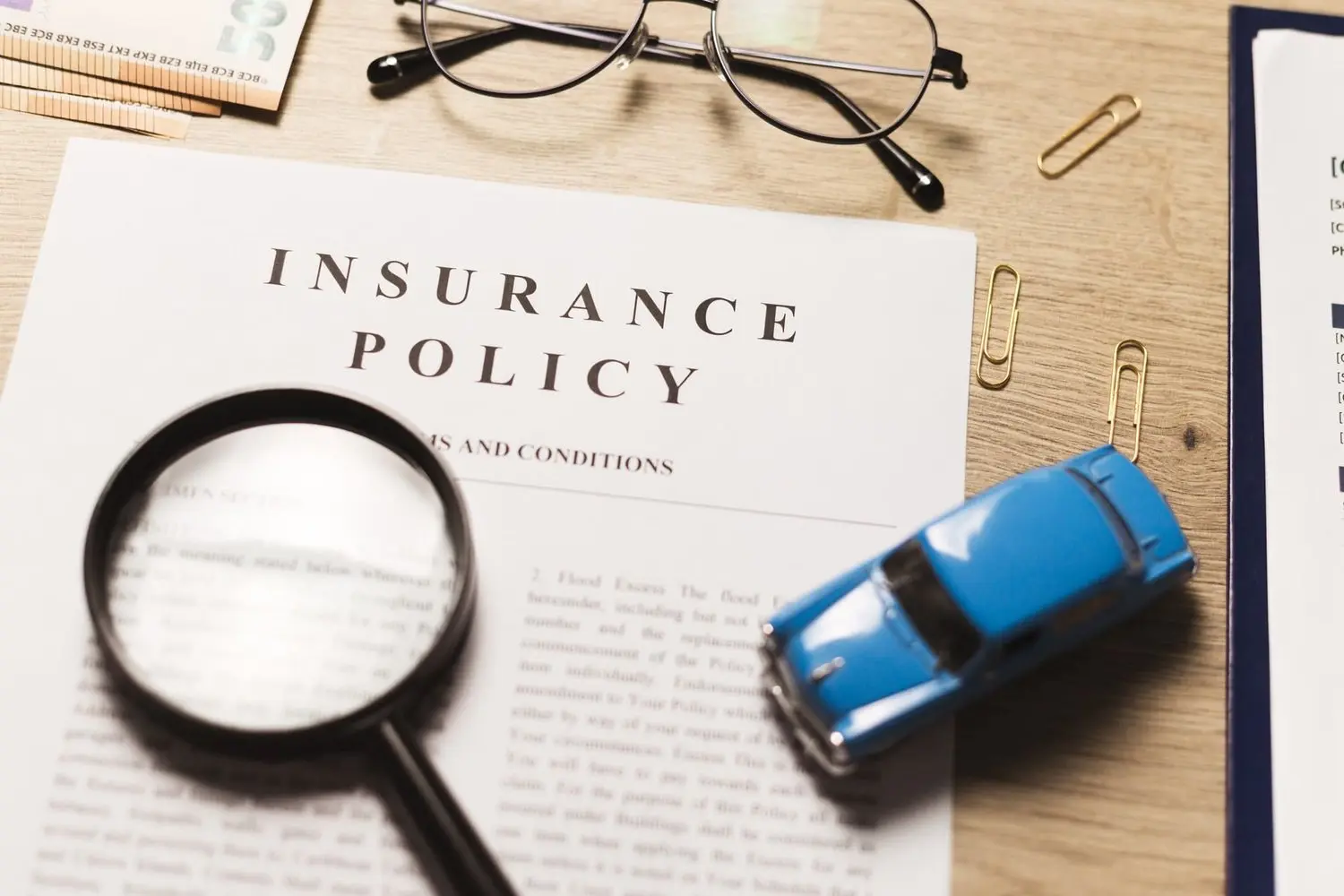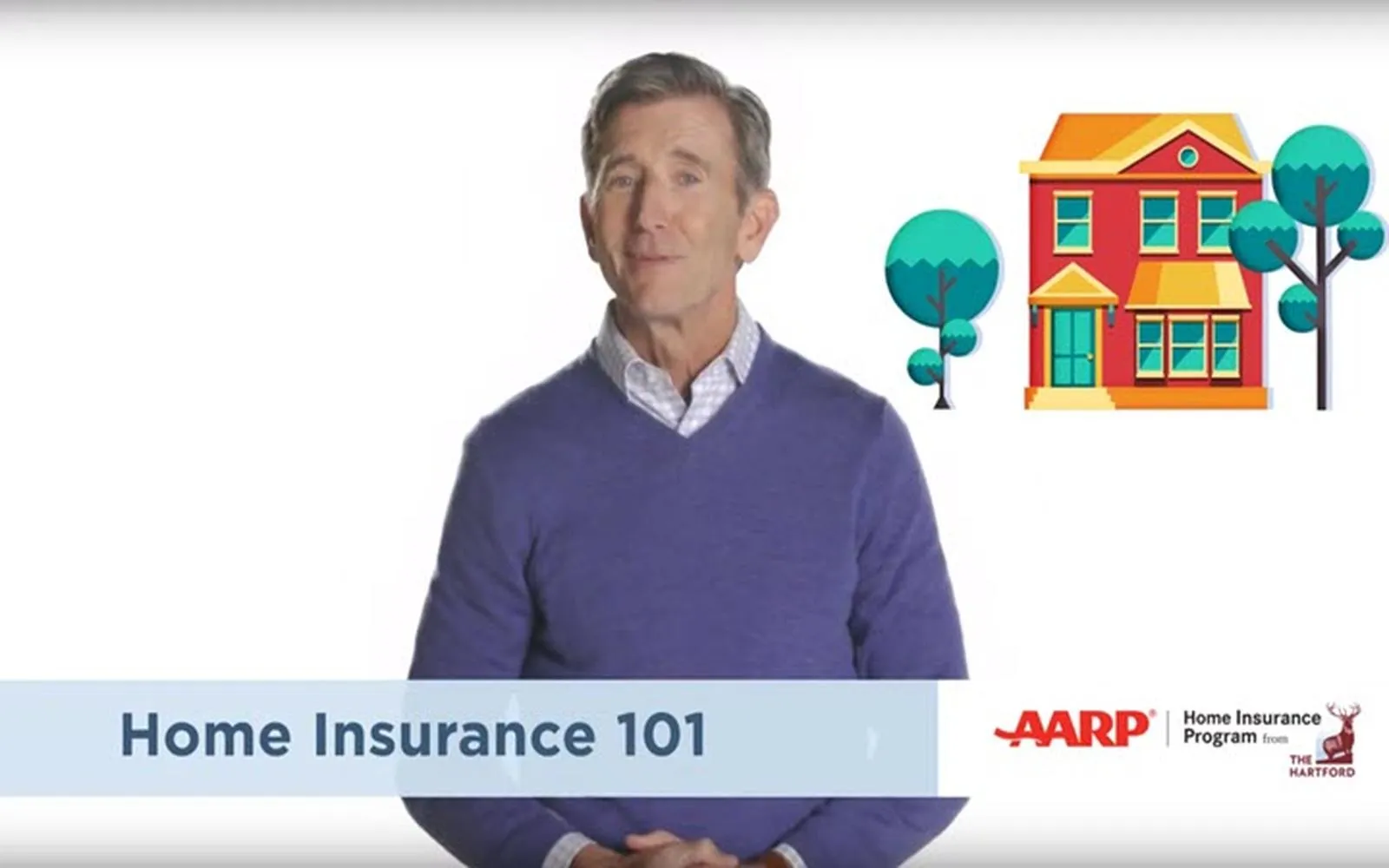How to Find Affordable Auto Insurance & Cut Your Premiums
Understanding Auto Insurance Basics
Auto insurance is a crucial investment for vehicle owners, providing financial protection in the event of accidents, theft, or damage. However, many consumers find themselves overwhelmed by the complexities of auto insurance policies and the costs associated with them. To navigate this landscape successfully, it is essential to understand how auto insurance works, the factors affecting premiums, and the various strategies to find affordable coverage without compromising on essential benefits.
Steps to Find Affordable Auto Insurance
Finding affordable auto insurance involves a combination of research, comparison shopping, and understanding your own insurance needs. Here are actionable steps to help you secure the best rates:
1. Assess Your Insurance Needs
Before diving into the world of auto insurance, evaluate your personal requirements. Consider factors like how often you drive, the value of your vehicle, and your financial situation. If you have an older vehicle, you might opt for liability coverage only, which is less expensive than comprehensive or collision coverage.
2. Shop Around for Quotes
One of the most effective ways to find affordable auto insurance is to compare quotes from multiple providers. Use online comparison tools to streamline this process. Ensure that you are comparing similar coverage levels to get accurate estimates. Additionally, consider contacting local insurance agents who can provide personalized services and potentially uncover discounts.
3. Take Advantage of Discounts
Insurance companies often provide various discounts that can significantly lower your premiums. Common discounts include:
4. Increase Your Deductible
Choosing a higher deductible can lower your premium costs. However, this means you will pay more out-of-pocket in the event of a claim. Evaluate your financial situation to ensure that you can afford the higher deductible if you need to file a claim.
5. Maintain a Good Credit Score
Your credit score can impact your insurance premiums. Paying bills on time, reducing debt, and maintaining a good credit history can help you secure lower rates. Regularly check your credit report for errors and address any discrepancies to ensure your score remains high.
6. Review Your Coverage Annually
Life changes, and so do your insurance needs. Regularly reviewing your auto insurance policy allows you to adjust your coverage based on changes in your circumstances, such as moving to a new location, buying a new vehicle, or changes in your driving habits. This can help you find opportunities to save on premiums.
7. Consider Usage-Based Insurance
Usage-based insurance programs involve monitoring your driving behavior through a telematics device or mobile app. If you are a safe driver, you may earn discounts based on your driving habits. This can be an excellent option for low-mileage drivers or those who drive infrequently.
8. Take Advantage of State Programs
Some states offer programs designed to help drivers find affordable auto insurance. Research if your state has any initiatives that provide assistance or subsidies for low-income drivers or those facing challenges in obtaining insurance. These programs can make coverage more accessible and affordable.
Common Misconceptions About Auto Insurance
Understanding the truth behind common misconceptions can help you make informed decisions regarding your auto insurance. Some prevalent myths include:
1. All Insurance Companies Are the Same
Not all insurance providers offer the same coverage, customer service, or pricing. It's essential to do thorough research and compare multiple companies to find the best fit for your needs.
2. Higher Premiums Mean Better Coverage
While higher premiums can indicate more comprehensive coverage, they do not always guarantee better service or benefits. Focus on understanding your policy terms and coverage limits instead of solely relying on premium amounts.
3. You Should Stick with One Provider
Many drivers believe that remaining with one insurance provider will earn them loyalty discounts. While some companies do offer such benefits, it is vital to assess whether you're receiving the best rate compared to other providers. Regularly comparing quotes can lead to substantial savings.
Understanding Policy Types and Coverage Options
Familiarizing yourself with different types of policies and coverage options can help you make informed choices about your auto insurance. Here’s a brief overview:
1. Liability Coverage
This is the most basic form of auto insurance, required in most states. It covers damages to other vehicles and medical expenses resulting from an accident you cause. Be sure to choose adequate liability limits to protect your assets.
2. Collision Coverage
Collision coverage pays for damages to your vehicle resulting from a collision with another vehicle or object, regardless of fault. This is often required if you have a loan on your vehicle.
3. Comprehensive Coverage
Comprehensive coverage protects against damages to your vehicle caused by events other than collisions, such as theft, vandalism, or natural disasters. This is beneficial for vehicles with significant value.
4. Personal Injury Protection (PIP)
PIP covers medical expenses for you and your passengers in the event of an accident, regardless of fault. Some states require PIP coverage, while others provide it as an option.
5. Uninsured/Underinsured Motorist Coverage
This coverage protects you if you're involved in an accident with a driver who lacks insurance or has insufficient coverage. It can be a vital safety net in ensuring you receive the necessary coverage to cover damages and medical expenses.
Explore

Finding the Best Home and Auto Insurance Quotes Online: A Complete Guide

Driving Peace of Mind: A Complete Guide to Auto Insurance

Unlocking the Road to Ownership: Your Ultimate Guide to Auto Financing

Fresno Auto Accident Attorney: Protecting Your Rights After a Crash

Auto Collision Attorneys: Legal Help After an Accident

Leaking Ceiling? Find Fast & Affordable Repair Services

Top Affordable Pet Insurance Plans: Protect Your Furry Friends Without Breaking the Bank!

Compare AARP Insurance Quotes for Affordable Coverage
